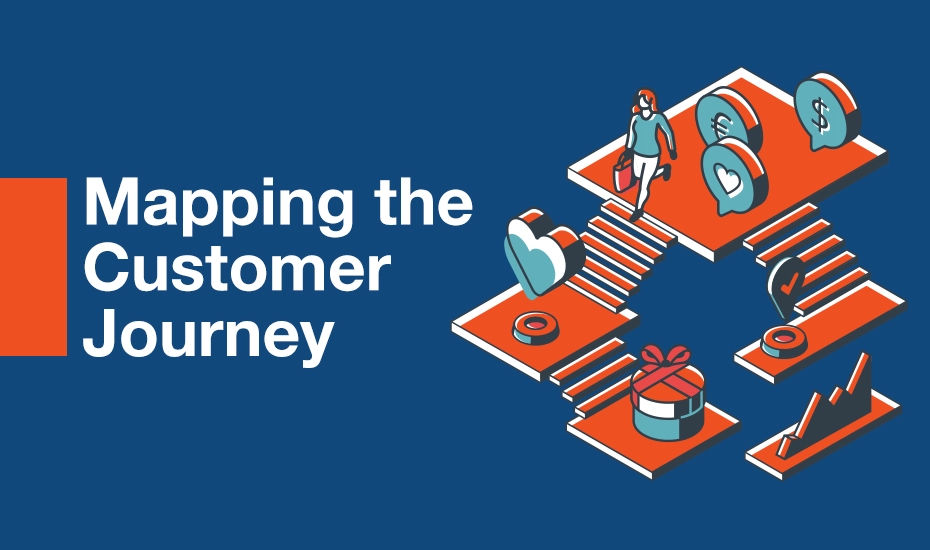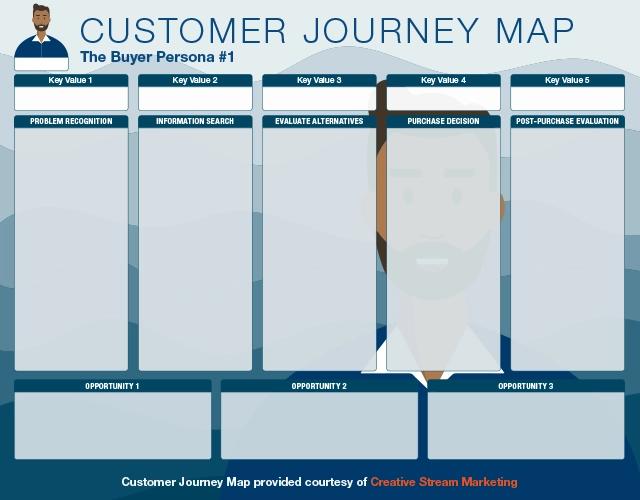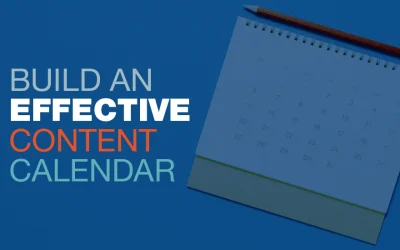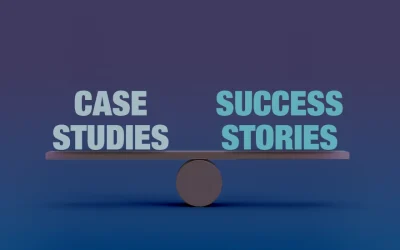Think about the last thing you purchased. It could’ve been a coffee on your morning commute. Maybe you purchased new shoes for your kids or yourself or perhaps something bigger, like a car or a major home appliance.
Whatever it was, think about the steps you took to get that item. At some point, you realized you had a need or desire for that product or service. If it was a routine purchase, you probably didn’t think much about it. If you tried a new brand or purchased a large-ticket item, you likely followed a series of steps.
This decision-making process can have many names. Marketers call this the customer journey.
What is the Customer Journey?
The customer journey encompasses the path a person takes to purchase something. It starts from the time he or she recognizes a need. It covers the first interaction with a product or brand through the eventual purchase of a new product or service.
Understanding the customer journey is key for B2B tech marketing to be effective. Identifying these steps enables you to guide users through an optimal path. It also helps you tailor that path to a buyer’s unique needs and preferences, from the first touchpoint until they become a repeat buyer.
The goal is to create a seamless and satisfying journey that transforms one-time buyers into long-term, loyal customers.
The Purchasing Decision Process
If you’ve taken a marketing class, you likely talked about the steps consumers go through to make a purchase. Regardless, this will be a good overview. There are different variations of this process out there. I’m sticking to the old-school terminology from my days as an undergraduate student.
The 5 Steps of Buying are:
- Problem Recognition
- Information Search
- Evaluate Alternatives
- Purchase Decision
- Post-Purchase Evaluation
Problem Recognition
At this stage, you become aware that you have a problem or need. Maybe you are craving caffeine, your shoes are worn out, or your fridge isn’t working. You realize that you need to take action to solve that problem.
If you are brand loyal, you may go right to Starbucks or Nike again. But what if you haven’t had the best experience with these brands or you want to see what else is out there? You then realize you need more information.
Information Search
During this second step, you know you have a problem or need, but you aren’t exactly sure what is available. You likely go to Google or start asking people you trust for recommendations to discover new solutions. Depending on the complexity of the purchase, this phase can last anywhere from a few minutes to a few months or more.
Evaluate Alternatives
Once you’ve searched, you start comparing vendors, brands, products, and more. Again, this can be a split-second decision at the grocery store or could involve more in-depth price and feature comparisons.
Purchase Decision
This step is pretty straightforward. Once you have decided what to buy, you take the actions necessary to purchase the product or service.
Post Purchase Evaluation
Now that you have bought and used the product, you likely start to have feelings about whether it was a good purchase or not. If you love the new item, you will feel happy that your research paid off. But if the product is disappointing, you will experience buyer’s remorse and regret your decision.
Mapping the Customer Journey
Journey maps are visual representations of how prospects or current clients move through the steps above. It outlines your audience’s journey from problem to purchase decision, including post-purchase support.
Journey maps help identify areas where you need to improve or change things to make your offering more clear.
By following this process, you step into customers’ shoes. You seek to understand how they discover your brand, engage with your content, and buy and use your products.
How to Create a Customer Journey Map
Before you begin mapping out how your prospects interact with your brand, you need to have a good understanding of who they are first. Start by creating buyer personas. Next, figure out what their current pain points are. It can also be useful to do some market research first as well.
Once you create your buyer personas and understand their pain points, you can begin mapping each persona’s journey. Here is a customer journey map template we created to help you.
However, if you would like a more free-form exercise, you can do this yourself. You can use a pen and paper, mind mapping software, or any other tool that suits your preferences. The important part is that it is flexible and helps you move information around as seamlessly as possible.
Start with Personas
If you haven’t already identified buyer personas for your company, you’re going to need to do that first. We have a helpful guide on how to create buyer personas that you should check out. After you create two or three strong personas, you are ready to continue with your customer journey map.
Start with your most important customer personas or the personas that represent your favorite existing customers. On your working document, list a few key values and expectations your buyer has.
Include Pain Points
Next to the values and expectations, list out common pain points for the persona. If you aren’t sure what their pain points are, check out this resource on understanding pain points. You only need to put the top 2 or 3 here, and it is more for reference when working on the actual map.
Buying Decision Columns
Now, make a column or heading for each of the steps in the decision-making process. That’s all for this step, but make sure you leave enough room to write under each column for the next step if you are using paper for this.
Create Real-World Scenarios and Actions
Take a moment to review the info you have on the sheet so far. Start thinking about how a new prospect might come across your company.
What problems are they facing? Are they happy with their current vendor? Are they needing a new tool or service to solve a pain point, or are they looking for a better tool to replace the one they are using now? Are they even aware that companies like yours exist yet?
Brainstorm similar questions and create scenarios in which a prospect would begin searching for your services or products. Think about the situation they are facing that is causing the problem, then think about the steps they would take to solve this problem.
Talk with existing clients to see what steps they took, or ask your sales team for input if you aren’t sure where to begin. Start making a list of notes and ideas you come up with during this phase.
Start Mapping
With your brainstorming notes in hand, start moving the different actions prospects take into the column that makes the most sense. For instance, if your buyer persona is a grocery store chain seeking replenishment software, you can highlight their dissatisfaction with their current vendor in the problem recognition phase.
Keep working through the list and identify when and how prospects and current clients interact with your people and your website through each phase. Keep adding until you feel like you have the whole process in place. You can always remove unnecessary steps later but it’s better to start with more details.
Identify Opportunities
Review your journey map. Look for opportunities to improve your content, messaging, and overall approach to interacting with your prospects.
Are there areas that need more clarification? Is your message targeting their pain points? Is new content needed altogether? Does your website structure or navigation need to be simplified?
Be honest and force yourself to view this process from your clients’ perspectives.
You can also make a list of changes that are needed and assign deliverables to the appropriate team members.
Using Customer Journey Maps to Increase Conversions
Customer journey maps help provide a holistic view of the path your potential customers take to become loyal customers. You can create one for each buyer persona and hone them over time. However, the entire point of doing this is to optimize the path to increase conversions.
After creating a journey map, you may discover that you need several, or even dozens of new web pages, blog posts, and more. Producing that content, tracking it, and optimizing your website for greater visibility takes time, knowledge, and effort. Our team can help you make sure you maximize conversions and grow your business. Reach out to us to set up a free discovery call today!






0 Comments